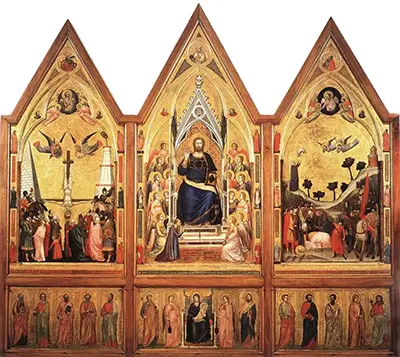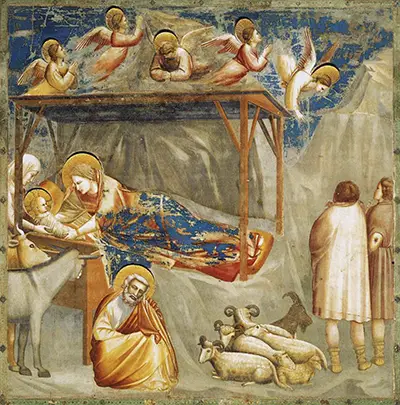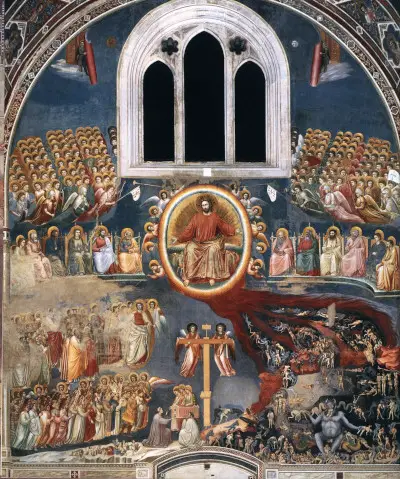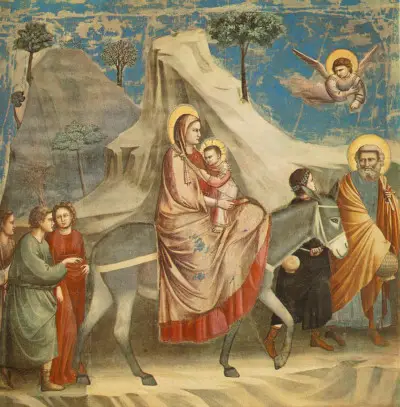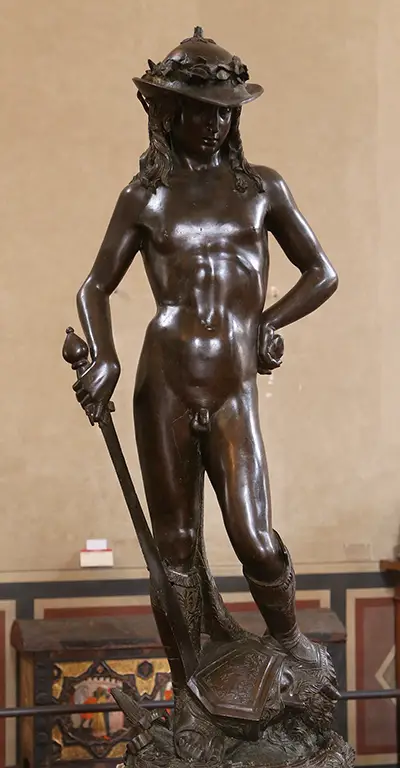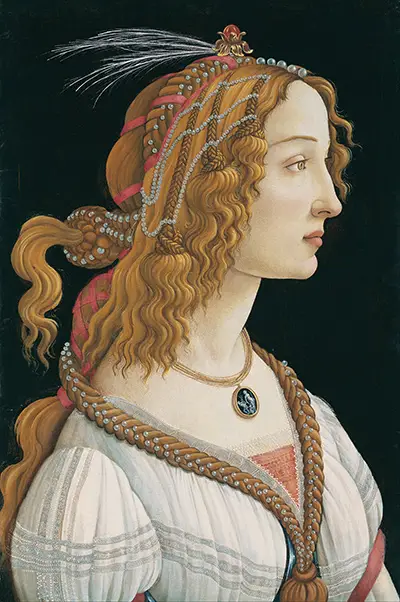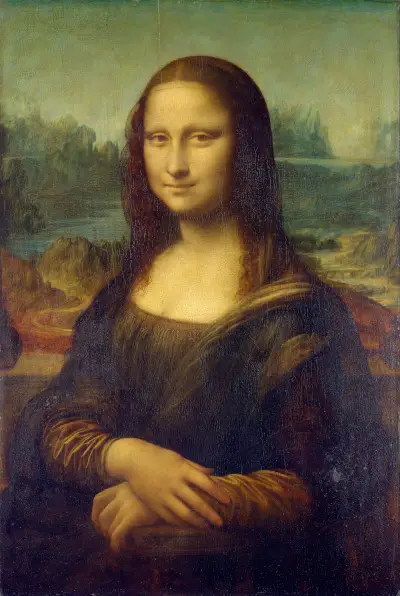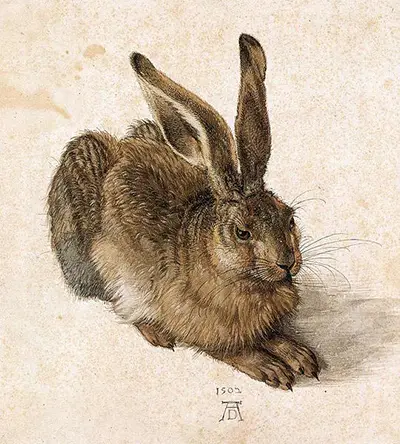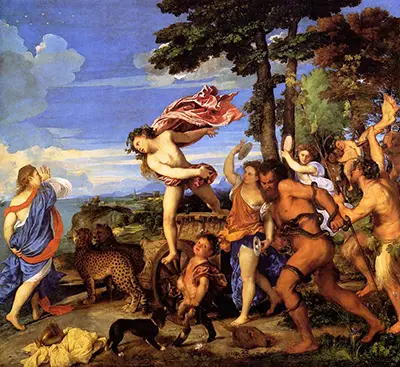Giotto di Bondone produced a series of frescoes for the Bardi Chapel between the years of 1325 and 1328 and they are considered to be some of the finest achievements from across his entire career.
The Bardi Chapel can be found in the Church of Santa Croce in Florence and this family chapel sits to the right of the choir. It was dedicated to St Francis and Giotto's work has been restored over recent centuries, having initially been covered up by newer work. Sense eventually prevailed and his original artworks were restored to their former glory, with newer additions being removed and any damaged areas being worked on by the finest of local artists. When browsing photographs of the existing frescoes, you will find areas missing in some cases, which is where the original work was damaged beyond repair.
The format in this chapel is of three frescoes on each wall, framed by patterned tiles that complete the presentation. Each and every scene here is dedicated exclusively to St Francis, and the commission was financed by a local banker who would have been involved in selecting the themes of the artwork, though would likely have left Giotto to decide upon the artistic technicalities. Ognissanti Madonna, The Last Judgement, Stefaneschi Triptych and Lamentation are perhaps the only Giotto frescoes to be as famous as the artist's work here in the Bardi Chapel. It still seems extraordinary today to consider that some of these paintings were replaced later on by other artists, but this mistake will surely never be repeated again today.
The banker behind this project was known as Ridolfo de' Bardi who collaborated with his brother on this chapel. Their wealth had passed on from their father, with both following into the same industry. One of their techniques for retaining their status was acts such as this which ensured they continued to hold favour with the key religious insitutions and individual figures of the time. It was, essentially, an early form of PR and worked well. The family ultimately went bankrupt in the 1340s after several decades of successfully playing a key role in high society. It is likely that their strong connections went missing once their own wealth diminished.
Some of the individual themes found in the frescoes of the Bardi Chapel include the following:
- Stigmatisation of St Francis
- Renunciation of Wordly Goods
- Apparition at Arles
- Death and Ascension of St Francis
- Confirmation of the Rule
- St Francis before the Sultan
- Vision of the Ascension of St Francis
More Renaissance Artists



.jpg)
 Giotto.jpg)
 Giotto.jpg)
